 MIAMI (AP) — A charred 10-foot cross that burned in a black woman's yard, a voting booth from the tumultuous 2000 presidential election and a dress based on traditional Nigerian cloth are all part of a new exhibit tracing black history since Miami's inception as a city.
MIAMI (AP) — A charred 10-foot cross that burned in a black woman's yard, a voting booth from the tumultuous 2000 presidential election and a dress based on traditional Nigerian cloth are all part of a new exhibit tracing black history since Miami's inception as a city.
“Black Crossroads: The African Diaspora in Miami,” which just opened at the Historical Museum of Southern Florida, aims to show how blacks have been part of the city's development since it was incorporated in 1896 and to document their lives, work and civil rights struggles.
Organizers spent three years planning the exhibit and assembling items such as the cross, which burned in 1982 in front of Hazel Howard's North Miami home after she moved into a predominantly white neighborhood. The exhibit will also feature panels, concerts and speeches by community leaders and runs through Jan. 24, 2010.
“Our goal is definitely to shed some light on the contribution blacks have made to this city. It's often, I think, made invisible by the fact that we are seen as sort of a vacation paradise,” said Joanne Hyppolite, the museum's chief curator.
She said she wants “people to realize that the black population is not new, that they have been here. They came at the same time as the white population was emerging here in the late 1800s and were growing at the same time, contributing at the same time to the building of this community.”
The exhibit, which went on display March 5, is divided up into four sections: Community, Labor, Traditions and Struggle.
The section on community includes a partial replica of a shotgun house, a simple style of home built from 1900 to 1950 in areas such as Coconut Grove, Overtown and Liberty City. It is popularly believed they are called that because the house was so small that a shotgun blast through the open front door would go straight out the back door, Hyppolite said.
The labor section includes jackets worn by waiters, attendants and chefs on Pullman railroad cars in the early 20th century. There are machetes used to cut sugarcane along with the protective gear worn by workers. A large portion of the sugarcane workers began coming from Jamaica in the 1940s.
The Howard cross is placed just outside the section about struggle, which is designed to look like a church, complete with a white steeple and pews where people can watch videos of speeches by civil right leaders such as Martin Luther King Jr.
Bob Simms was executive director of the Metro Dade Community Relations Board from 1967 to 1983. He remembers that everybody was upset about the Howard cross burning, which came at a time when they had become rare.
“The staff brought the cross back to the office and we put it in the board room as a reminder to what our mission was,” Simms said.
The exhibit includes a Ku Klux Klan robe. The Klan was active in Miami and South Florida from the 1920s through the 1960s. The Miami chapter carried out cross burnings, kidnappings and physical violence, Hyppolite said. In 1920 the Klan detained blacks to keep them from voting in the presidential election. Besides the Klan, the all-white police force also harassed blacks, said
Hyppolite, who was born in Haiti and grew up in Boston.
“Why so public and so visible? Because they needed to be able to enforce that whole idea of white supremacy,” Hyppolite said.
There are photos showing the early days of the civil rights movement in Miami. The local chapter of the Negro Uplift Association pushed for more job opportunities and hiring black police officers, among other things.
There is also a photo of Miami’s first black police officers from about 1944 and a photograph of Virginia Key Beach from the 1950s, which was the area's first so-called colored beach when it opened in 1945 during segregation.
“This is all human history … All struggles of all people for a better life,” said Gene Tinnie, who was on the exhibit's advisory board and is chair of the Virginia Key Beach Park Trust.
At the end of the exhibit, there is a voting booth from the 2000 election, which is part of an interactive section called “The Struggle Continues.” Hyppolite said many voters in Miami complained of being disenfranchised that year by being turned away from polls or dropped from voter rolls, among other voting irregularities.
She will ask visitors to write whether they believe race is still an issue in America and their answers will be posted on the wall behind the booth.
Her opinion?
“There are definitely still some issues,” she says.
Photo: This photo, “Black laborers for John Sewell on South Miami Avenue,’’ from the 1890s, is part of the “Black Crossroads: The African Diaspora in Miami’’ exhibit at the Historical Museum of Southern Florida.
IF YOU GO
WHAT: Black Crossroads: The African Diaspora in Miami exhibit
WHEN: Through Jan. 24, 2010. The museum is open from Saturday through Friday, 10 a.m. to 5 p.m.; Sunday from noon to 5 p.m.
WHERE: Historical Museum of Southern Florida, 101C West Flagler St., Miami.
COST: Ticket prices are $8 for adults, $7 for seniors and students, and $5 for children under 6 – 12 years old.
CONTACT: 305-375-1492, info@hmsf.org or log onto www.hmsf.org.

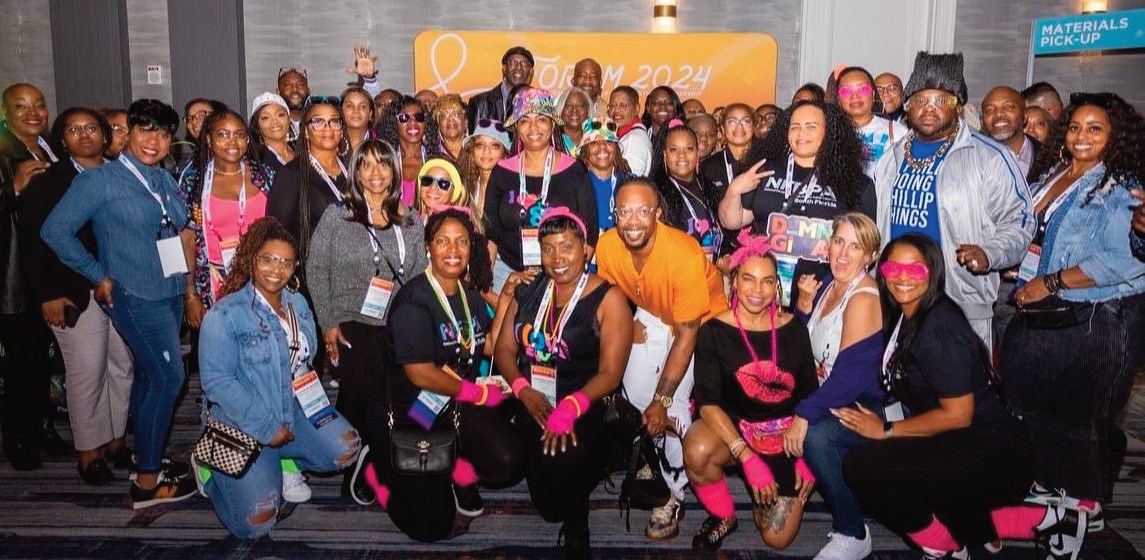
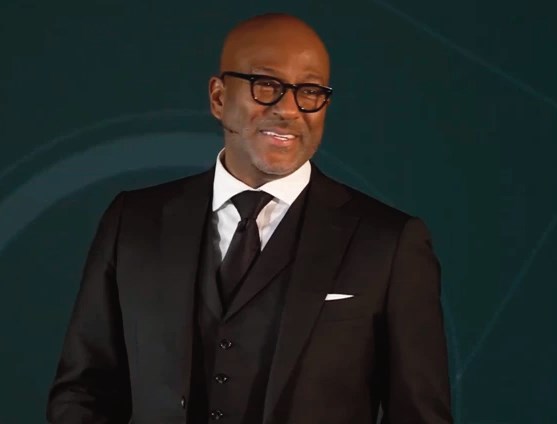
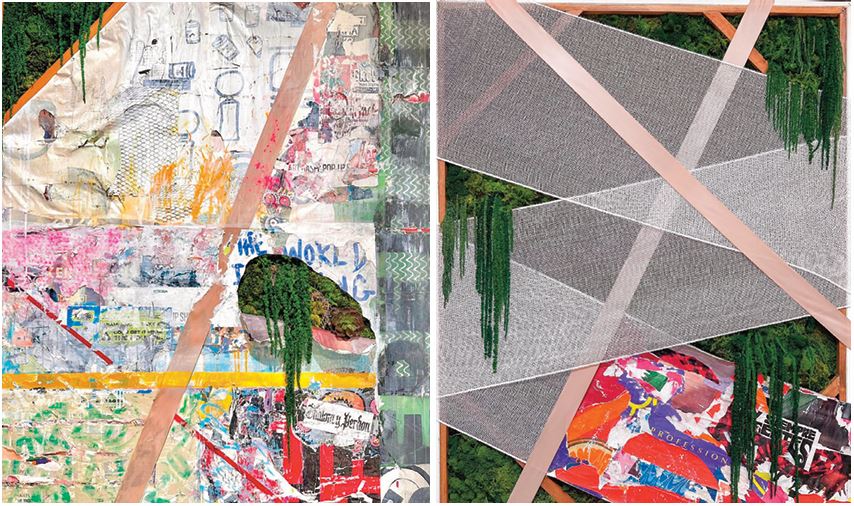

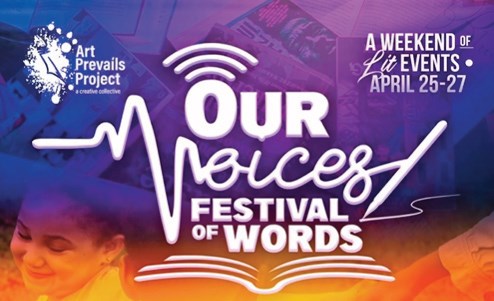
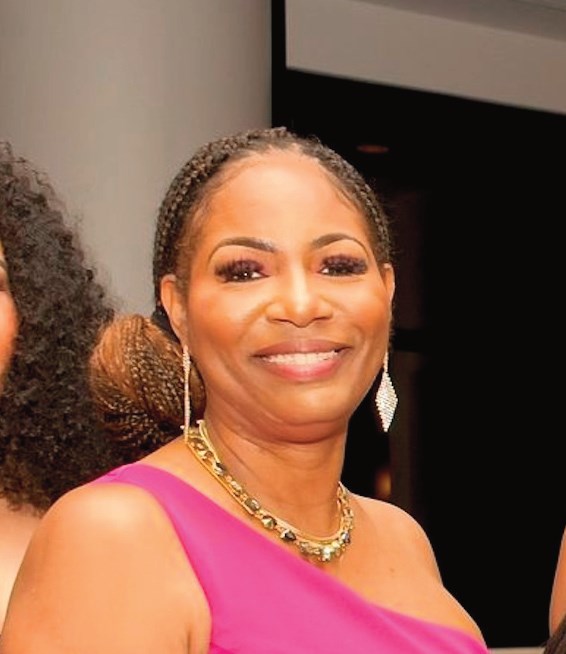
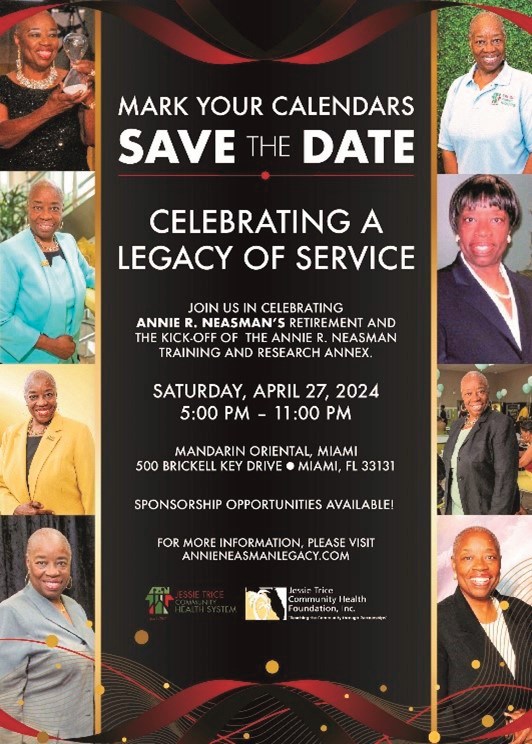
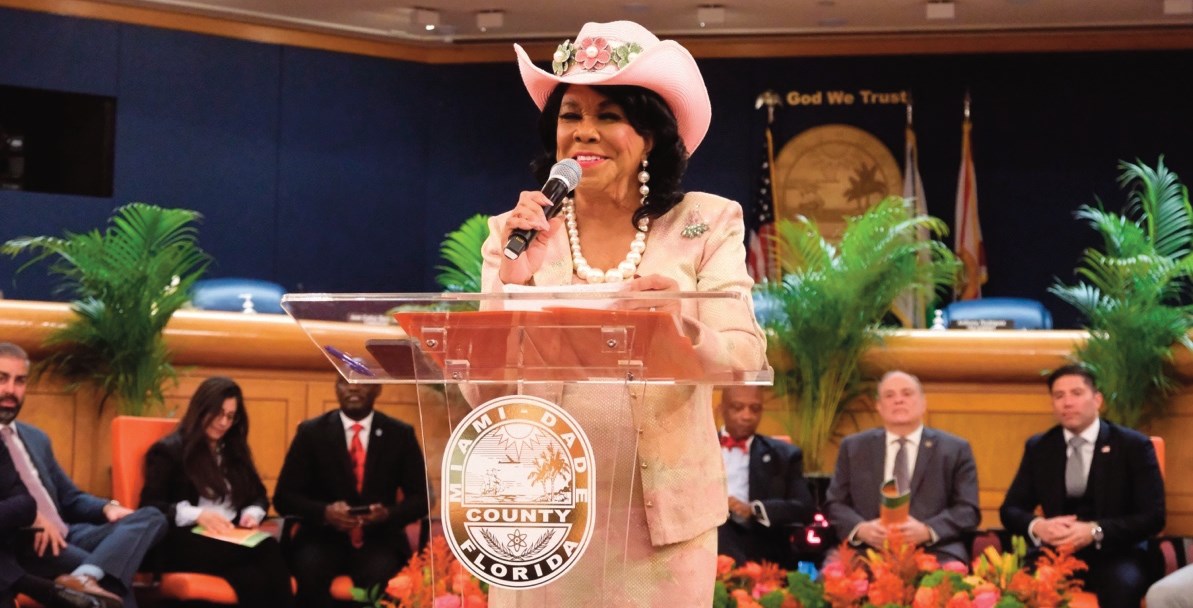



No Comment